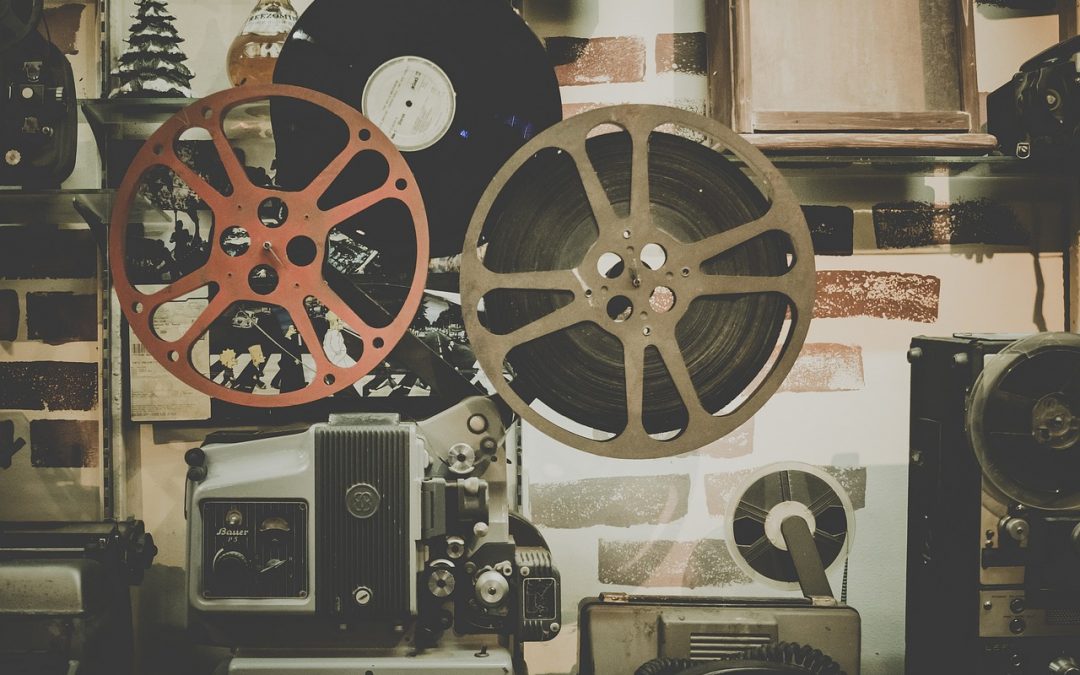The recent popularity of streaming service may be the product of a generation gap, but the end victory of on-demand over traditional will probably revolve around price. Price is the biggest differentiation between the two services. On-demand is the voice of a new generation, it’s mobile, it’s unlimited, and cost effective. Traditional still holds the reigns of live performance, and in the realm of sports it holds all the cards. Factor in the new surge of cable plans that now include streaming services and you have an effective rallying cry. Despite all this on-demand services still offer a cheaper subscription price. In the wake of a projected 33 million viewers cutting cable this year, let us take a look at the enhanced pros and cons both services offer.
One of streaming’s biggest pros has always been accessibility. Any streaming service (see 123movies) gives users access to thousands of hours of content, available wherever there is WiFi connectivity. Many traditional providers have also turned to streaming service. It is now part of what they offer. Purchase a plan featuring a certain amount of channels, and the on-demand versions of those channels becomes available. Combine that with mobile apps and you have the same pro. You also have the same con. On-demand networks do not offer unlimited choices. Certain shows are only available from specific providers. This means that in order to get the content you want, sometimes you have to subscribe to more than one service. Cable offers a wider spectrum of availability, but most of that is relegated to regular broadcast format. Although they do offer on-demand versions of channels those version are restricted as well. Also, in order to have access to certain channels you have to pay for a more inclusive plan. In both cases this means spending more money. Streaming services are mostly between $10 to $15 dollars. Bare-bones cable service bottoms out at $30.
Affordability is still streaming’s biggest asset. Subscribers can get a massive amount of content, use more than one service, and still pay somewhere under $50. Traditional will cost over $100 to include all the whiz-bangs and premium content. Both have the ability to circumnavigate ads, both have streaming capability, and both can be mobile. Streaming just does it for significantly less. Streaming’s biggest con is that it does not account for live content. Most on-demand services do not allow real-time viewing. New episodes of shows have to be viewed after that fact, and any sports have to be viewed somewhere with cable. Only traditional T.V. offers the lives aspect, and remains the chief place for sports. This is traditional cables biggest draw. Another pro cable has over streaming is dependability. Streaming is only useful if there is WiFi. If the signal is weak or interrupted steaming service is useless. Stronger networks have pretty much rendered this con moot, but traditional cable still runs if WiFi does not. Even services that use a Dish do not rely on connectivity. These are great pros, but they still do not match on-demands affordability.





